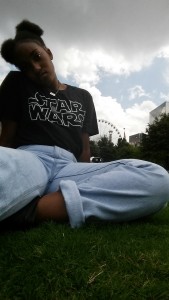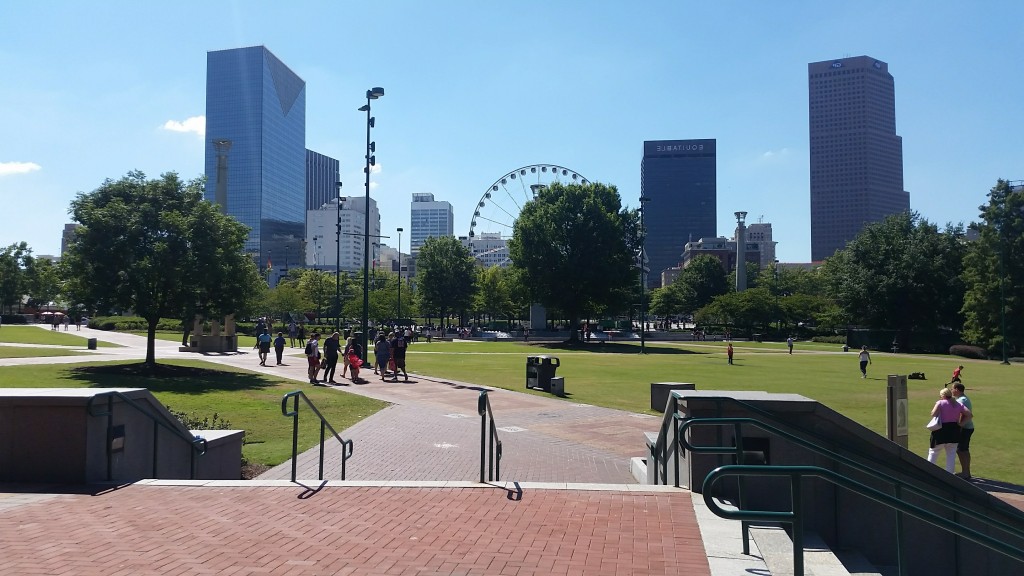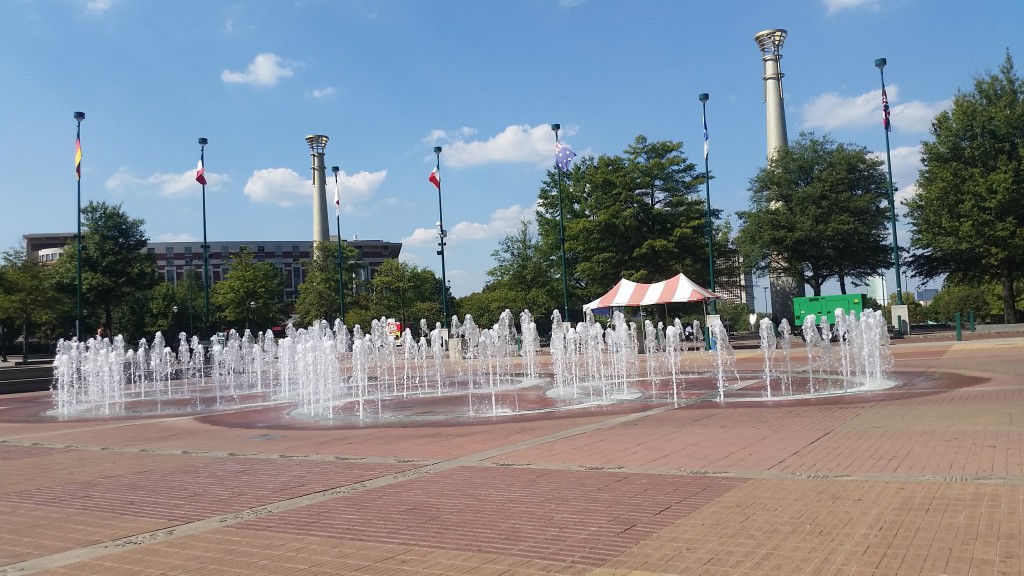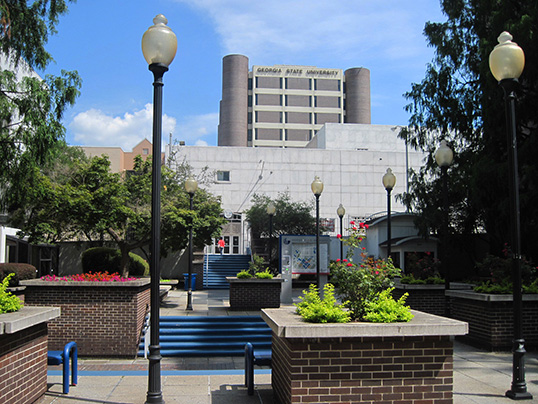This article by Scholl and Gulwadi discusses the changes in a college or university campus that affect the students learning and concentration. It discusses how the structures of the campuses can impact the student’s willingness to learn in a type of space outside the classroom whether if it’s in a study room, the library or outside amongst nature. “American high education institutions face unique twenty-first century changes and challenges in providing good, holistic learning spaces for the diverse and evolving needs of today’s college student.” (Scholl and Gulwadi). Due to the changes in technology advancement, these new structured environments attempt to cater to the students by inserting computer and media labs giving the students an opportunity to be able to quickly access and navigate content.
The article also presented the idea that college and university students are most likely at a higher risk of fatigue than most adult groups. This implies that due to the conventional hours of studying, the pressure of obtaining a degree to get what society deems as a “good-working” job, and the finance coverage to attend a higher education institution that college students are more stressed out than those who have “9 to 5” jobs. As a college student myself, I believe this to be true. It is quite stressful no matter what field you are studying in. Every student experiences it differently, but the majority is likely to relate when it comes to feeling fatigue about it.
Another topic the article goes about is the impact that technology has upon a student. The article stated that “increased technology use within today’s multitasking society is likely to hijack a student’s attentional resource placing her/him at risk of underachieving academic learning goals and undermining success at a university” (Scholl and Gulwadi). This, I personally believe, is not true. First, unless the student is willingly to distract themselves by consistently checking their phone, that’s their own issue at fault. It’s not necessarily a problem if a student is use technology as an escape or a break while studying. Second, with the advancement of technology nowadays it is easier for students to be able to access and research information quickly. Whereas in about two decades or so prior where one had to research prints, books, and copies of information which would take hours, there are now online archive resources where it makes it easier for the student to be able to access information they need within seconds. If anything, the quicker the student is able to obtain the information, the more content can be used for the research by the student.
Lastly, the article discusses how the built environment of college campuses can impact the student’s learning process. “Open spaces and “zones” for disciplines became far more common than closely clustered buildings previously designed to protect students from the lures of the outside world” (Scholl and Gulwadi). I annotated that traditional college campuses that have been around for nearly over centuries were created in rural areas to keep the students in almost separating them from what they call it “the outside world” or in this case: the real world. However, newly built college campuses have been built in either urban or suburban areas to expose the “outside” and “real” world to the the students. I added in examples stating how when I was previously at Valdosta State University, it was a small campus in one general area that the city actually was surrounded by it. And because they campus is small, it took nearly two to five minutes to walk from one of the dorms to the classroom buildings. When I transferred to Georgia State, the campus is so exposed in the middle of downtown Atlanta that it takes nearly ten to fifteen minutes to walk from the dorms to the classroom buildings as well. Sometimes, it took five minutes if you were able to get onto the shuttle routes. While most campuses that are tight and close-knit communities, sometimes they are to believe to have the mind feel closed up. Whereas in exposed an expanded campuses are stated to be help open the mind allowing it to circulate.
This includes how nature spaces can impact a student’s learning mode as well. “Interaction with nature, in particular can help to maintain or restore cognitive function such as direct attention, problem solving, focus and concentration, impulse inhibition, and memory, which can become depleted from fatigue or with overuse.” (Scholl and Gulwadi). This states that a human in a structured environment makes them feel “boxed” in as if they are a bird in a cage feeling stressed whereas being out in nature reflects back onto the student where they can feel open and “one with nature” itself and are able to communicate and circulate thoroughly. Although the idea of nature helping to ease the student’s mind is intact to benefit a student to relax their auras while in their learning process, some students may prefer a different approach and would prefer to work in closed in spaces as well.
While traditional college campuses have nature quads and courtyards set to help the student relax and free their mind especially with the installation to the latest technology being used to rapidly conduct their research for courses, new and recently built college campuses are breaking the traditional “in-one-place” areas that college and university campuses are constructed and are helping the students being able to expose themselves to the outside, real world around them.







